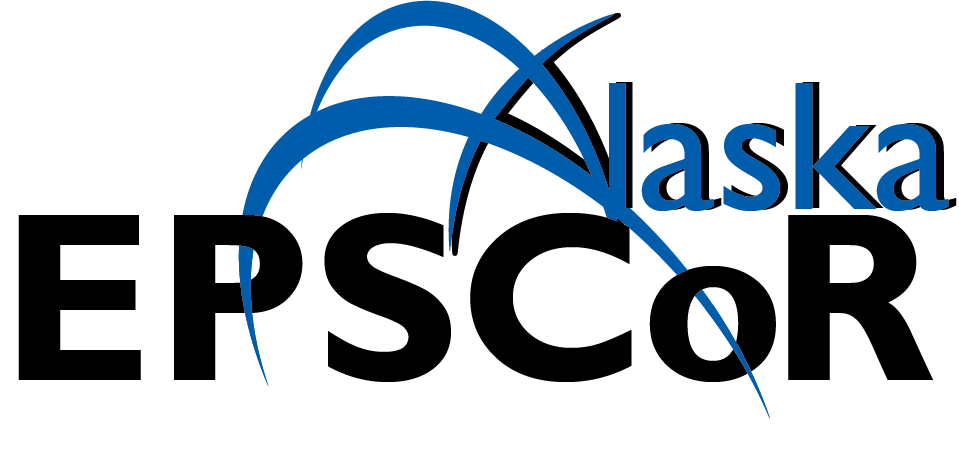Management and Evaluation

Board Members
Three different panels of board members offer input and oversight to the Leadership Team.
1. State Committee for Research
The State Committee for Research (SCoR), consisting of leaders from government, agencies, academia, and the private sector, reviews Interface of Change progress and provides guidance to assure the program achieves state science and technology goals. The group oversaw the creation of the Alaska Science and Technology Plan, which prioritizes the state's S&T needs and helped shape the Interface of Change project.
2. External Advisory Council (EAC)
The Leadership Team also draws on recommendations from an External Advisory Council (EAC) consisting of four experts in Interface of Change fields:
- Clare Robinson of Western University, Canada
- Phil Loring of the Nature Conservancy
- Anne Salomon of Simon Fraser University
3. Alaska Advisory Board
A third group, the Alaska Advisory Board, recommends ways Interface of Change researchers can make their work relevant to Alaskan community members, agenices, and businesses.
Current members of the board include:
- Mark Myers (chair), a former head of the Alaska Department of Natural Resources as well as former UAF Vice-Chancellor for Research
- Skye Steritz, Owner, Noble Ocean Farms, Cordova, AK
- Justina Starzynski Hotch, Klukwan School, Tribal Representative, Haines, AK
- Stephen Payton, Katuq Consulting, Seldovia, AK
- Brian Holst, Executive Director of the Juneau Economic Development Council, Juneau, AK
The Alaska Advisory Board has the mission to connect Interface of Change research with Alaskans outside of academia and to expand the overall economic impact of the project. The goals of the board are a) to establish a closer relationship between Interface of Change research with Alaskans including industry, agencies and community partners in Alaska; b) to determine methods and strategies by which Interface of Change can enter into mutually beneficial relationships with Alaskans; and c) to advise on the development of agreements to implement these methods and strategies.
The board meets at least twice a year with Interface of Change project leads to receive updates on the project and make recommendations. Where appropriate, members also work to facilitate specific collaborations between Interface of Change researchers and Alaska community partners.
Student Ambassadors
Associate Director Tara Borland organizes and leads the Alaska EPSCoR student ambassador program. This program provides support for student driven professional development for our EPSCoR students. There are three student ambassadors, representing each UA campus. Student ambassadors serve a one-year term. The 2025-2026 student ambassadors are Hannah Gerrish (UAF) and Elizabeth Fruechtnicht (UAS).
External Evaluation
External evaluation of the project as a whole is done by Heather McInnis of The Implementation Group (TIG).

